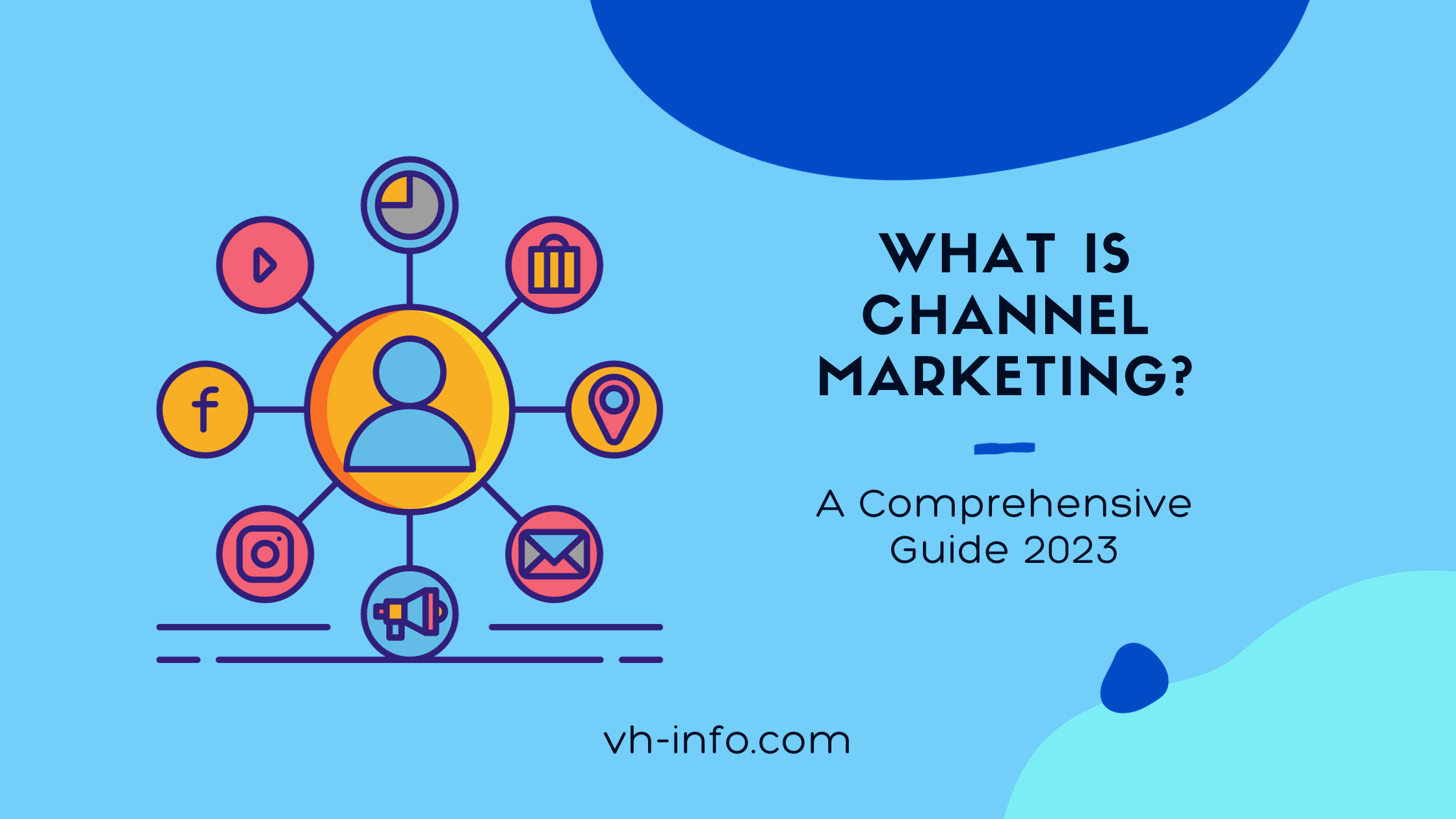Channel marketing is a term that you may have heard of before, but what exactly does it mean? In a nutshell, channel marketing is the practice of creating partnerships with businesses and individuals who can help you reach your target market.
This comprehensive guide by VH-info will give you an in-depth understanding of what channel marketing is and its benefits. We will also cover how to choose your channel marketing partners, different marketing channel strategies, and the role of a channel marketing manager.
Additionally, we’ll discuss the challenges that come with implementing a channel marketing strategy and provide examples of successful channel marketing campaigns. If you’re curious about learning more about channel marketing and how it can positively impact your business, keep reading!
What is Channel Marketing?
Channel marketing is a strategy that lets companies team up with middlemen (like wholesalers, retailers, or agents) to sell their products or services to customers. It’s a powerful way for businesses, big or small, to expand their reach and boost sales.
For example, an electronics maker could partner with retail stores to sell their products in more places. It’s a win-win, as companies get help from experts in distribution, and intermediaries get valuable products to offer.
For a link building agency like VH-info, channel marketing can be a game-changer. By partnering with relevant websites and influencers in the industry, VH-info can expand its reach to a wider audience of content creators. These channel partners can help promote the agency’s services, provide valuable backlinks, and drive more traffic to their website.
What are the benefits of channel marketing?

- Reach customers with buying intent: When businesses work with channel partners, they can reach more people who really want to buy special products. This helps them sell to a bigger group of potential customers and make more sales.
- Provides cost savings: Channel marketing can help save money and make more profit by using partners to do customer advertising and marketing. Even though there are some costs, you won’t have to reach as many partners as potential customers, which makes it cost-effective.
- Increases brand recognition: In a busy market, it’s really important for people to know and trust your brand. When you team up with partners who already have a strong brand, it can make more people aware of your brand. This can lead to more sales because customers will pick your products over others they know and trust.
- Provides more customer insights: Channel partners might know more about the people you want to sell to and what they like. This helps you understand your customers better. By using this knowledge, businesses can make their products better and sell more. For instance, if partners tell you what customers like, you can create new products they’ll love.
- Builds customer trust: When you work with trusted partners who have a good reputation, it can make your products seem more trustworthy to their customers. This trust can help you sell more and become better known. As time goes on, your own reputation will grow, and that means even more sales and growth for your business.
What is the role of a channel marketing manager?
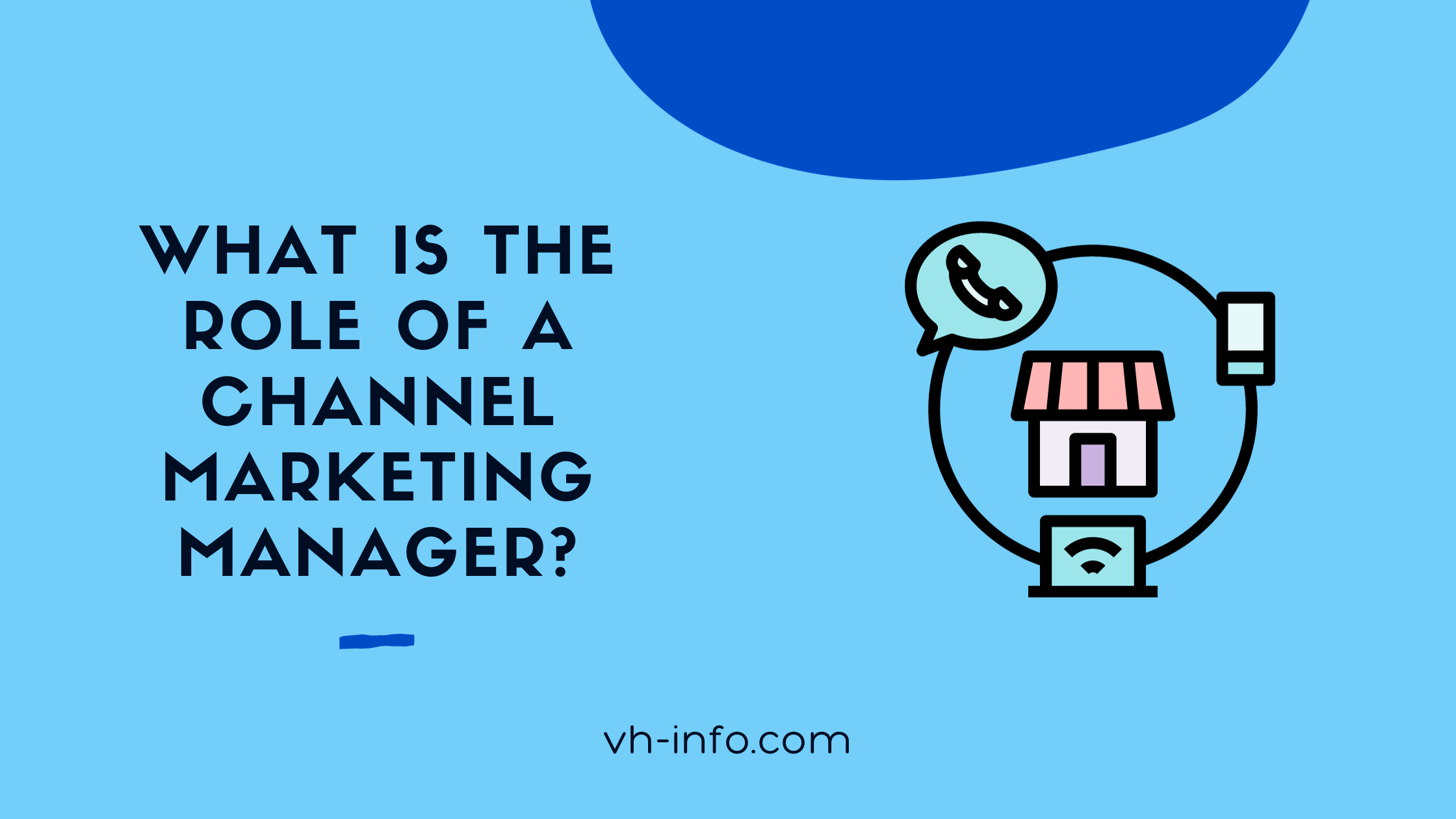
A channel marketing manager is really important for a company’s plan to work with partners. They team up with different parts of the company to make more money, get more people to know the brand, and make friends with the partners.
Here are some important things a channel marketing manager does:
- Identify and evaluate potential channel partners: They also need to find partners that are right for the company. They look at things like the partner’s customers, where they are, and other stuff to see if they’re a good match for the company’s plan to work with partners.
- Build and maintain relationships with channel partners: Once they find the right partners, they work on making good friendships with them. They talk to partners a lot and give them help and training so they know how to sell the company’s stuff in the best way.
- Collaborate with cross-functional teams: They team up with people from different parts of the company, like the sales and product teams. Together, they make sure all the marketing plans fit with the channel marketing goals and the big plan of the company.
- Creating training materials and providing support: Also, they make stuff to help partners learn, and they give support to partners to make sure they know how to sell the company’s things well. This includes making guides about the products, doing online training sessions, working with training video companies to make educational videos and being there to help partners whenever they need it.
- Analyse performance data: They also look at the numbers to see how well the channel marketing plans are working and find ways to make them better. They use this data to make smart choices for future marketing and to use resources in the best way.
- Stay up to date with industry trends: The channel marketing manager keeps learning about what’s new and popular in the industry. They want to make sure the company’s plan is still good and works well. They’re also searching for cool ways to connect with possible customers and make good friendships with partners.
- Provide regular updates and reports: Lastly, they tell the big bosses about how things are going and what they’ve achieved with channel marketing. This helps the top leaders know what’s happening and make smart choices for future marketing plans.
Types of Marketing Channels
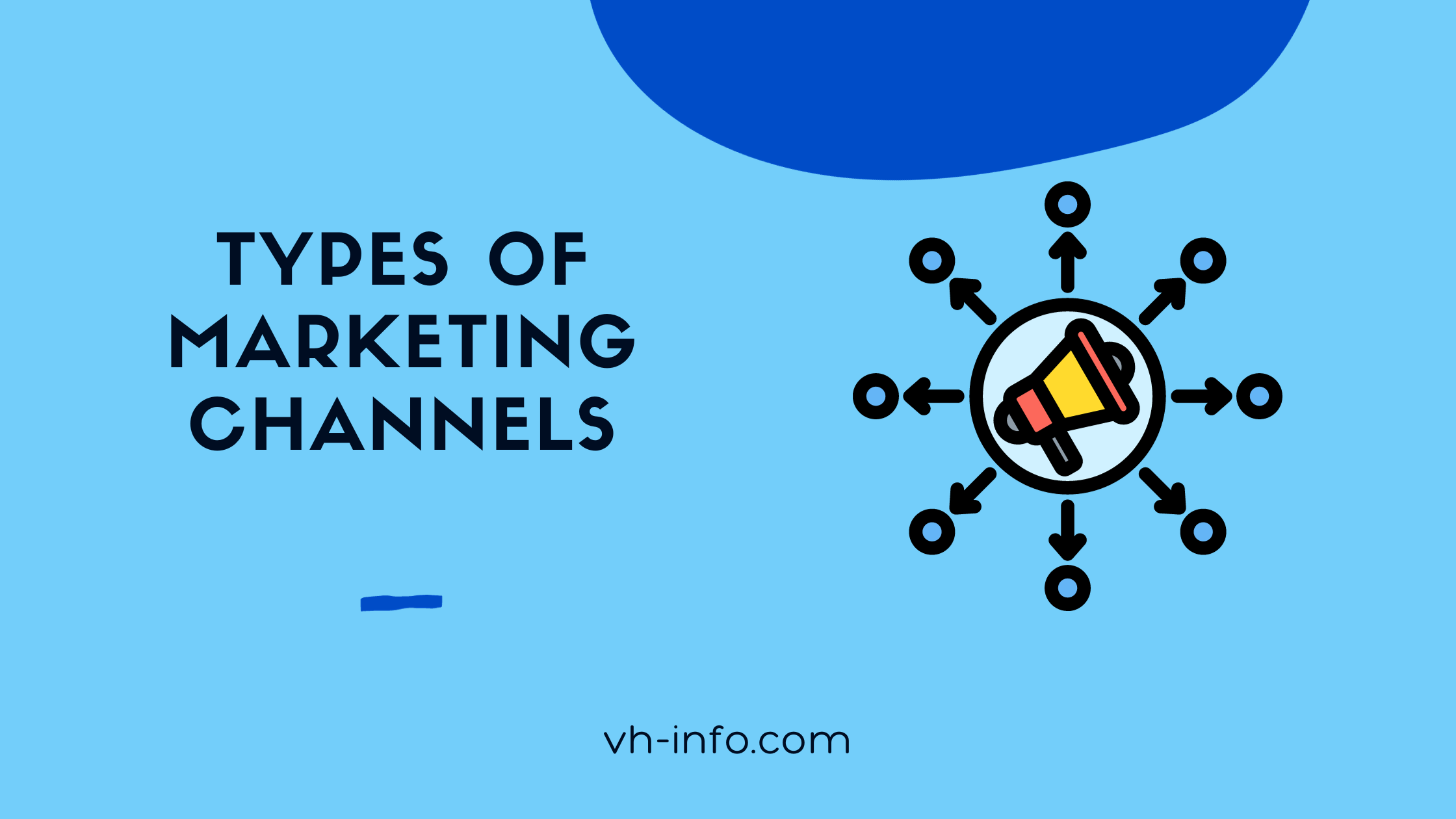
Professionals have different ways to reach the people they want to talk to.
Some of these ways are:
- Direct selling: Direct selling is when a professional talks directly to people who might buy their stuff. This usually happens one person at a time and is good for smaller businesses. It often involves selling to people you already know. The good thing is, that it’s usually cheaper because you don’t need to spend money on ads or other marketing stuff. So, when you make a sale, you get more money in your pocket.
- Catalog direct: Catalog direct is a way of selling where a customer looks at a book or a digital catalog with pictures, descriptions, and prices of things they might want to buy. They pick what they like from the catalog and order it. It’s a good way to sell things without meeting the customer in person, and it gives the customer lots of choices. This works well when you have many different things to offer.
- Network Marketing: Network marketing is like direct selling. Sellers use their friends and family to make sales. They might talk about a product on their own social media to let their loved ones know about it. This way of selling is all about telling people about the product and selling it directly to them by sharing information, pictures, or your own experience with the product. It’s a way of talking to people to sell things.
- Value-added Resale: This selling method involves enhancing a product before selling it to customers. For example, a company specializing in custom boardroom tables may acquire standard tables and tailor them according to client specifications. By crafting the tables to be unique, the company can provide exclusive and sought-after products that meet the specific needs of their clients. This strategy highlights the tables’ visual attractiveness and appeals to discerning customers.
- Digital Advertisements: This is all about using the internet to tell people about your stuff. You might sell things on a website or use social media to show your stuff to people who like it using digital channels. Depending on how you do it, this internet marketing can cost money. But it’s a very common and good way to get the word out about your products.
- Events: An event can be a way to talk to people and sell your stuff in a special way. For example, you can have an event to show off your new products. During the event, it’s important to let people ask questions, learn why your product is good, and maybe buy it. You also need to tell people when and where the event is happening. A marketing event is a way to talk to people and sell stuff, so it’s both about communication and getting the product to the customer. Also, you can rely on event management and ticketing platforms like Fareharbor, to collect information about your visitors that you could use for your further marketing efforts. But first do your due diligence to find out how much does Fareharbor charge and what features it offers.
- SEO Marketing: To have a strong digital presence and increase website visibility on Google and other search engines, you need to optimize your site for search engine results using SEO techniques. Higher rankings lead to more clicks and potential sales. Improve your ranking by conducting keyword research, optimizing your website, creating quality content, and building backlinks. Tailor your SEO approach to align with your business goals. When executed effectively, SEO drives targeted traffic that converts into customers and contributes to business growth.
- Email Marketing: Email marketing involves sending promotional emails to customers and potential customers to announce sales, new products, or other news. It is a direct way to reach people with messages about your business. Tailoring emails to different audiences keeps your business top of mind, drives website traffic and sales, boosts customer loyalty, and provides useful info and special offers over time. Email marketing is an affordable channel that delivers results.
- Indirect Marketing: Indirect marketing is when a product goes through many steps before it gets to the person who wants to buy it. Unlike direct marketing, where a maker sells right to a customer, indirect marketing involves more people. For example, a maker sells to a store, and the store puts the product on its shelves. When a person sees it in the store and decides to buy it, that’s indirect marketing.
What is Channel Marketing Strategy?
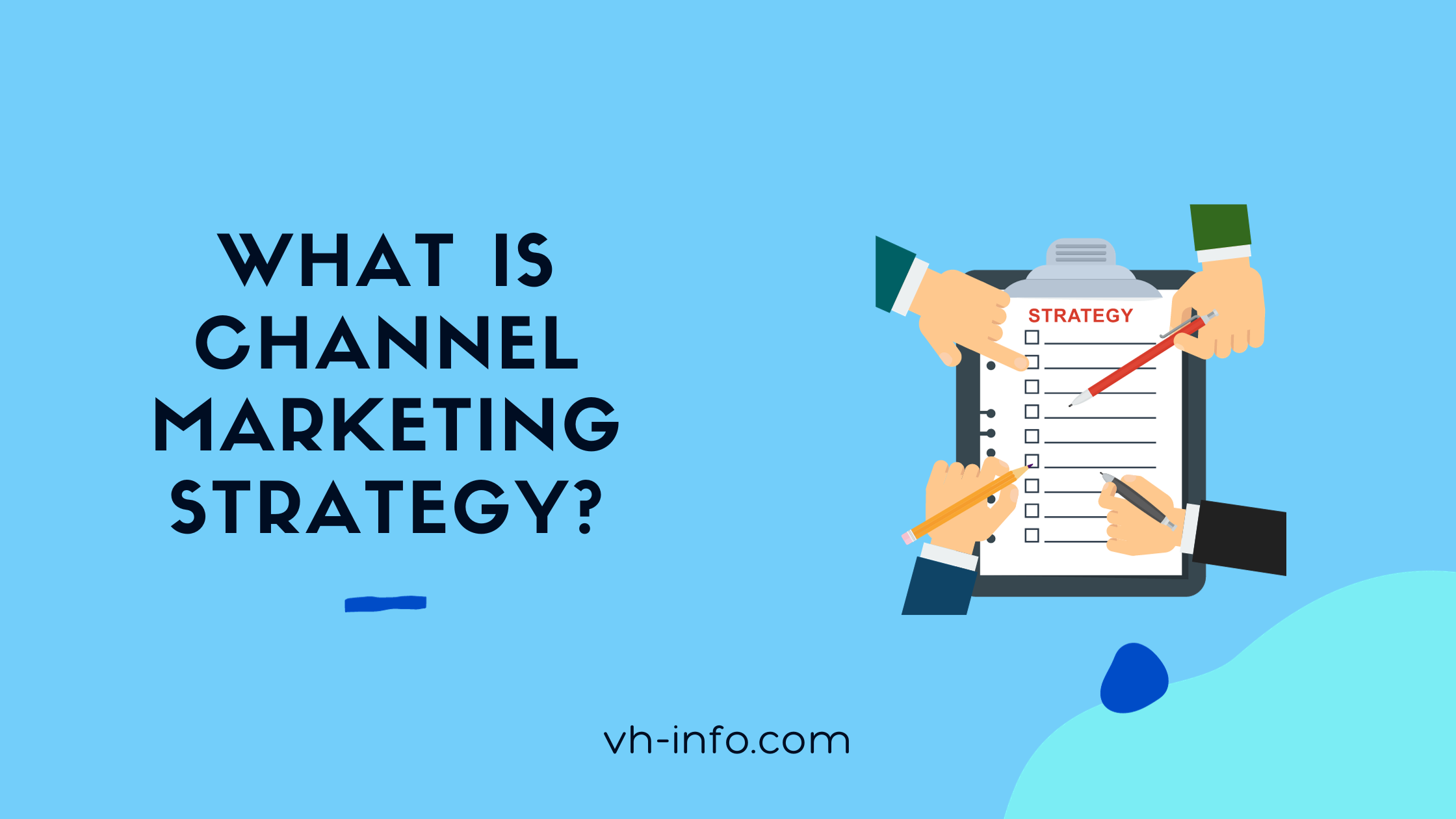
Marketing channel strategies refer to the well-structured plans that companies create to communicate with their customers through various marketing channels.
These strategies involve several key elements:
- Channel Selection: Choosing the right marketing channels such as online platforms, retail stores, or TV advertisements that best suit the company’s goals and target audience.
- Resource Allocation: Determining how much time, money, and effort to invest in each marketing channel to maximize its effectiveness.
- Setting Goals: Defining clear objectives for each channel, like increasing sales, expanding brand awareness, or engaging with customers.
- Competitive Analysis: Studying what other companies are doing in the same marketing channels to identify opportunities and gain a competitive edge.
- Audience Research: Understanding the characteristics and preferences of the target audience to tailor marketing messages effectively.
- Best Practices: Adhering to the industry’s best practices and guidelines for each marketing channel to ensure a positive and consistent brand image.
What is your channel marketing strategy?
Your channel marketing strategy should be straightforward and focused on what your partners need. They don’t want a complicated process; they want:
- Motivation: Give them a reason to work with you. Explain why your product or service is valuable.
- Training: Teach them how to promote your product effectively. Be the expert they can learn from.
- Support: Offer help and guidance when they need it.
- Resources: Provide the tools and materials they need to do their marketing tasks.
Simplify the process, keep it personal, and make sure it benefits both you and your partners. By doing this, you can build strong relationships, drive new business, and keep your partners loyal. It’s all about finding the right balance and utilizing the right channel to make channel marketing work for both parties and unlock growth opportunities through effective marketing activities aligned with your business objectives.
Channel Marketing Examples
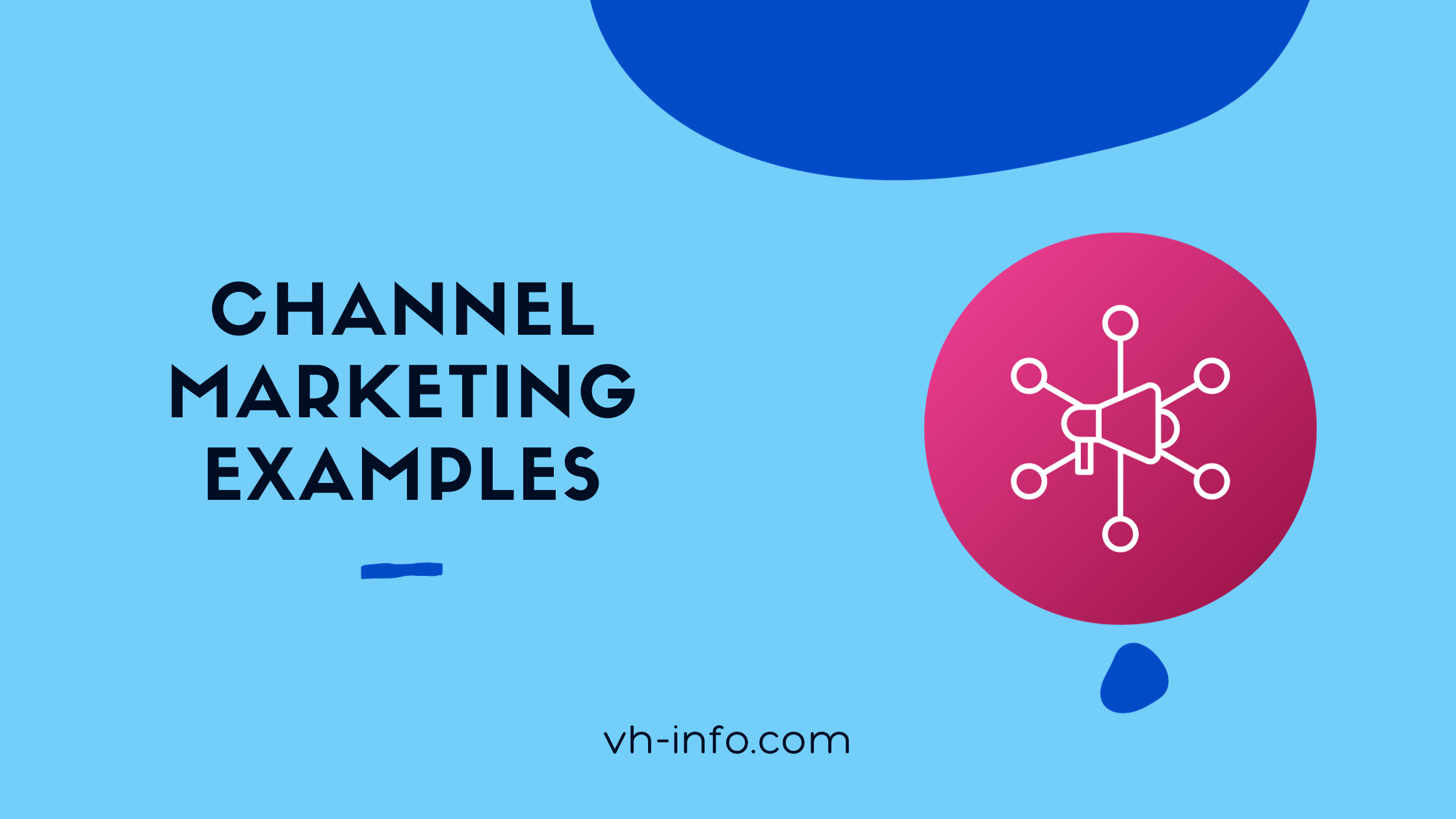
Companies have a bunch of ways to promote their stuff through channel marketing. They can team up with retailers, cooperate with distributors and resellers, get a hand from value-added resellers, or use affiliate marketing programs.
Now, let’s check out a few examples of these methods:
- Retail partnerships: A manufacturer partners with retailers to get their products out there. For instance, a toy maker might team up with ASDA to sell their toys in ASDA’s stores.
- Distributors: A manufacturer works with distributors to get their products to stores. For example, a clothing maker could team up with a distributor to help them sell their products to retail shops.
- Resellers: A manufacturer teams up with resellers who buy their products at lower, wholesale prices and then sell them at regular retail prices. For example, a smartphone accessory maker might work with resellers to offer their products on online marketplaces like Amazon or eBay.
- Value-added resellers (VARs): A manufacturer collaborates with VARs who make their products even better before selling them to customers. For example, a computer maker might partner with a VAR that adds special software to their computers before selling them to businesses.
- Affiliate marketing: A manufacturer teams up with affiliate marketers who help spread the word about their products and get a reward for every sale they help make. For example, a beauty brand could partner with bloggers who promote their products and get a commission for each sale made through the special link they share. Additionally, they might incentivize top-performing affiliates with special rewards like lucite embedments to recognize their outstanding contributions to sales growth.
FAQ's:
What is B2B Channel Marketing?
B2B Channel Marketing refers to the ways a business talks to other businesses. It can be online or offline. For example, it’s like the ads a company pays for and the organic content they put on their website or send in emails to connect with other businesses through traditional marketing channels such as direct mail. It’s all about how one business reaches out to others.
How can technology help improve your channel marketing efforts?
Technology tools make it easier for companies to collaborate with resellers, retailers, and other sales partners. CRM systems provide visibility into deals and relationships. Marketing automation, partner portals, and Digital asset management help arm partners with what they need to sell. Analytics track performance to optimize efforts. Incentive management and co-op ad funding tools automate the process. Remote collaboration software enables joint selling. Integrations connect channel management with other business systems. The right technology saves time, improves consistency, and enables real-time communication. This allows companies and partners to work closely to drive sales. Tech provides the visibility and efficiency needed for successful channel marketing.
How can a business effectively measure the success of its channel marketing efforts?
To measure the effectiveness of channel marketing, brands should track metrics such as channel sales revenue and growth, partner program adoption and retention, channel marketing ROI, partner feedback surveys, marketing influenced pipeline, brand presence audits, partner performance benchmarks, and ease of doing business NPS scores. Consistently monitoring these key performance indicators provides visibility into what’s working well and where improvements may be needed, allowing for effective measurement of success in reaching qualified prospects. This enables data-driven optimization of channel initiatives to maximize partner relationships and sales using digital marketing, search engine optimization(SEO), social media platforms and different channels to satisfy your marketing budget effectively.
Conclusion
In conclusion, channel marketing is a strategic approach that allows businesses to leverage multiple marketing channels to reach their target audience and achieve their marketing goals. By using a combination of free and paid marketing channels, and digital and traditional methods, businesses can maximize their reach and increase brand visibility. A channel marketing manager plays a crucial role in coordinating and managing these marketing efforts.
When choosing channel marketing partners, it is important to consider factors such as their target audience, reputation, and alignment with your brand values. By implementing a well-planned channel marketing strategy and utilizing various marketing channels, businesses can effectively promote their products or services and drive customer engagement and conversions.
However, it is important to acknowledge that implementing a channel marketing strategy can come with its challenges, such as managing multiple partners, aligning messaging across channels, and measuring the effectiveness of each channel. It requires careful planning, coordination, and ongoing analysis to ensure success.
Examples of channel marketing include leveraging websites, blogs, email marketing, content marketing, social media marketing, influencer marketing, SEO, networking, events, podcasts, community-based marketing, online advertising, video marketing, and affiliate marketing.
To learn more about channel marketing and how it can benefit your business, feel free to explore our FAQ section or reach out to VH-Info for more questions.

